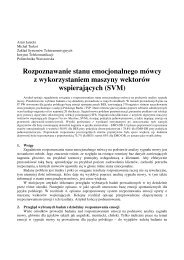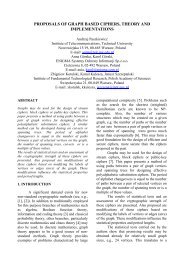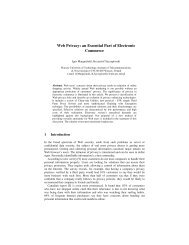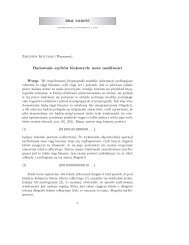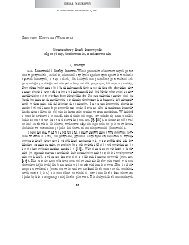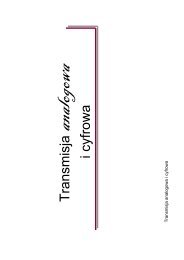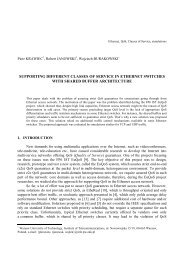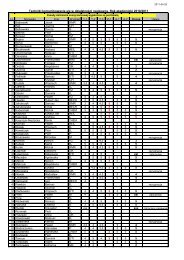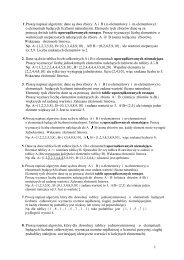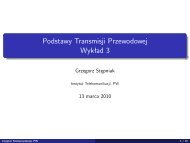MAX II Development Kit Getting Started User Guide
MAX II Development Kit Getting Started User Guide
MAX II Development Kit Getting Started User Guide
Create successful ePaper yourself
Turn your PDF publications into a flip-book with our unique Google optimized e-Paper software.
Reference Designs<br />
7. Using the demo:<br />
Note that LED8 remains lit. If this LED is off while the PC<br />
application is idle, an error has occurred. Close the port,<br />
reset the board by pressing S1, and re-open the port. If the<br />
PC application stops responding, disconnect the USB cable<br />
from the board. If that doesn’t solve the problem, you will<br />
have to use the Task Manager in Windows to end the PC<br />
application manually.<br />
Perform the following tests on the USB Reference Design user<br />
interface (see Figure 2–6).<br />
a. Check the LEDs—Click on the LEDs and note that they turn on<br />
and off on the board as they do in the GUI.<br />
b. Write to the LCD—Type some text into the Liquid Crystal<br />
Display text box and click Write to LCD. The same text appears<br />
in the LCD display on the board.<br />
c. Write to the SRAM—First use Notepad to create a text file and<br />
Save the file on your hard drive. In the USB_Utility GUI, click<br />
the Browse button near the SRAM Interface. Browse to the file<br />
you just created. Make sure the default encoding list box says<br />
“ASC<strong>II</strong>” and click Write to SRAM.<br />
d. Read from the SRAM—First check that the Default Encoding list<br />
box says “ASC<strong>II</strong>” and then click Read SRAM. Make sure the<br />
SRAM contents text box shows the data that you typed into<br />
your Notepad file. Note that when you read from the SRAM, a<br />
file called SRAMDataBack.txt is created in the same directory<br />
where the USB_Utility.exe file resides. This file is re-created<br />
each time you read from the SRAM. It contains the addresses<br />
and the data read from those addresses.<br />
1 SRAMDataBack.txt must not be open when you try to read<br />
from the SRAM.<br />
2–20 <strong>Development</strong> <strong>Kit</strong> Version 1.0.0 Altera Corporation<br />
<strong>MAX</strong> <strong>II</strong> <strong>Development</strong> <strong>Kit</strong> <strong>Getting</strong> <strong>Started</strong> <strong>User</strong> <strong>Guide</strong> October 2004




